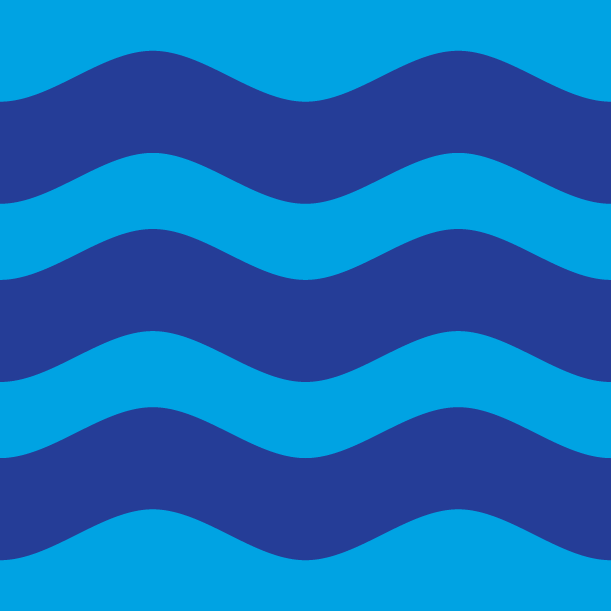A Versatile Native Grass
One of my favorite native grasses that is commonly found on the Ft. Wayne riverbanks is Virginia Wild Rye (Elymus virginicus). Although the name is deceiving, this ryegrass has a range much larger than just the state of Virginia. It is native to all but 8-10 western states, so it is very common.
It’s not one of my favorites because of its aesthetics. It generally is nothing special to look at, although a large stand of it rustling in the wind does catch your eye. I call it one of my favorites because of the wide range of conditions it can grow in. Why would this be important? Because the riparian habitat along our rivers can be a very violent ecosystem, especially to plants.
Think about it. After a heavy rain event, we have millions of gallons of water speeding through what has now become just a narrow channel. The water rises rapidly putting some normally dry growing vegetation under many feet of moving water. Not only that, but these millions of gallons of water are pulling on these plants, threatening to uproot them as they flow over them at high velocities. Virginia Rye is one of those plants that not only tolerates these types of conditions, but it thrives in them.
Virginia Rye also grows in both full sun and shade. It likes to have some moisture, but also is adaptable to times of drought. Its seed is highly viable and it germinates relatively quickly, which is uncommon for many of our desirable native plants. All these characteristics makes this a great plant to help provide quick stabilization on an eroding riverbank.
After clearing invasive plants such as Asian Bush Honeysuckle from areas, Virginia Rye seed is a good choice to sew. It usually germinates within a year and thick stands are not uncommon by the second growing season. I would always recommend that you add some other natives to these areas to increase diversity, but Virginia Rye is a good cornerstone for any native seed mix being planted in these conditions. Applying a seed mix after clearing invasive plants is a key to success, so you are not left with an area that has little to no vegetation. This provides no competition to invasive plants wanting to return and can also cause potential for erosion.
So, although Virginia Rye is very common and is nothing special or unique to look at, it is an extremely important plant to have as part of our riparian ecosystems. I highly recommend it be included in any native plantings along our riverbanks.
 Eric Ummel is the Landscape Supervisor for the Fort Wayne Parks and Recreation Department.
Eric Ummel is the Landscape Supervisor for the Fort Wayne Parks and Recreation Department.

